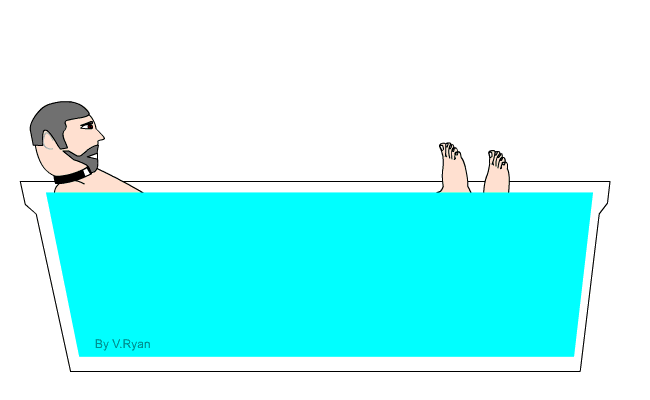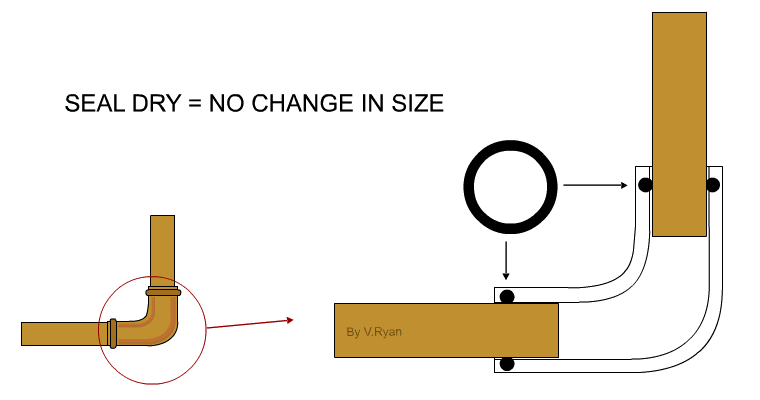| CLICK HERE FOR INDEX PAGE |
| HYDROMORPHIC POLYMERS |
| V. Ryan © 2010 |
| PDF FILE - CLICK HERE FOR PRINTABLE WORKSHEET |
|
These are polymers that expand and contract on contact with water. This smart material is sometimes used in toys that can expand up to five times their original size, such as bath toys. An industrial application is that of seals for pipes. The seals expand if in contact with water, preventing leakage. |
|
The toy duck, shown below, has been manufactured from a hydromorphic
polymer. It has been designed to float on water like other plastic ducks. However, due to the nature of the material, as it makes contact with water it slowly expands. Many similar toys are manufactured from hydromorphic polymers. For instance, some joke shops sell items that will expand when dropped into cups/glasses of water or tea or coffee. These can be used as a prank. Kitchen ‘sponges’ made from hydromorphic polymers, absorb water and are useful for mopping up spills. |
 |
|
Copper and plastic piping (Medium Density Polyethylene, MDPE) are common
in houses, for the supply of domestic water and are used as piping in
central heating systems. Copper is a valuable metal and as it becomes more
expensive, plastic pipes are being increasingly used, in homes and in
industry. One of the weak points of a piped system is the connectors.
These connect lengths of pipe together and can leak. The use of a hydromorphic ‘O’ ring / seal prevents leakage. If the seal comes in contact with water, it expands, sealing the joint/connector, stopping the leak. |
 |
| CLICK HERE FOR RESISTANT MATERIALS INDEX PAGE |